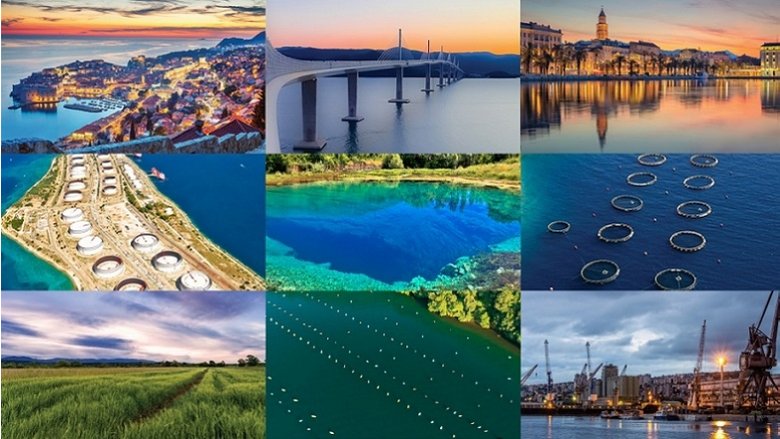
Laying the Foundations: Boosting Productivity to Ensure Future Prosperity in Croatia report looks at the long-term growth prospects and the productivity of the Croatian economy. It has found that despite significant economic and social progress, Croatia’s low productivity growth, as compared to its regional peers and advanced EU economies such as Germany, is the main hurdle in significantly increasing economic growth of the country. The report argues that boosting productivity in the long-term calls for enhanced efforts in strengthening institutions, reducing market inefficiencies, and upgrading firms’ capabilities.
Over the last two turbulent decades, Croatia has joined the EU, improved its policy and institutional framework, and achieved macroeconomic and financial stability. As a final step towards full EU integration, the country entered the eurozone and the Schengen area, which along with access to abundant EU funds, will further strengthen Croatia’s resilience and trade integration. This creates an environment where the returns on further reforms can be much higher.
Many of the reforms critical for growth are already envisioned in the National Recovery and Resilience Plan (NRRP), and once implemented, could provide a major boost to the country’s growth potential. Nevertheless, for Croatia to accelerate its path to higher prosperity, a deepening of the existing reform program would be needed. Focusing on increasing productivity, including through digitalization and R&D, improving educational outcomes, strengthening institutions and removing barriers to firm entry and trade while fostering more competition, are key steps.
The report suggests that a moderate package of reforms would boost GDP per-capita growth by 0.6 percentage points on average until 2050, while per-capita income in Croatia would converge to the EU27 average in the long-run, reaching 97 percent of the EU27 average by 2050. In contrast, an ambitious reform scenario could boost GDP per-capita growth by 1.4 percentage points on average until 2050 and enable Croatia to close the gap in the late 2030s and potentially exceed the EU27 average by 2050.
The improvements in productivity are mostly needed in the manufacturing and Information and Communication Technology (ICT) sectors, where the largest gaps in labor productivity are found. A worker in the Croatian manufacturing sector produces less than one-third of the value added produced by a German manufacturing worker. Also, many of the knowledge-intensive service industries with high export potential, such as ICT, have been losing competitiveness, which is concerning as these types of industries are critical for driving future productivity growth. On the other hand, Croatia performs better in several services sub-sectors, particularly in low-skill tradable services, including accommodation and restaurants.
The role of institutions and policy makers is also very important for promoting competition and boosting the dynamism of the Croatian business environment. Measures to reduce entry costs and barriers to entry, as well as regulatory burdens on firms, remove existing privileges that protect firms from fair competition, improve the enforcement of antitrust regulations, advance absorption and impact of EU funds, invest in R&D and technology, but also in a skilled workforce, are all critical to spurring productivity and speeding up convergence with frontier EU countries.
